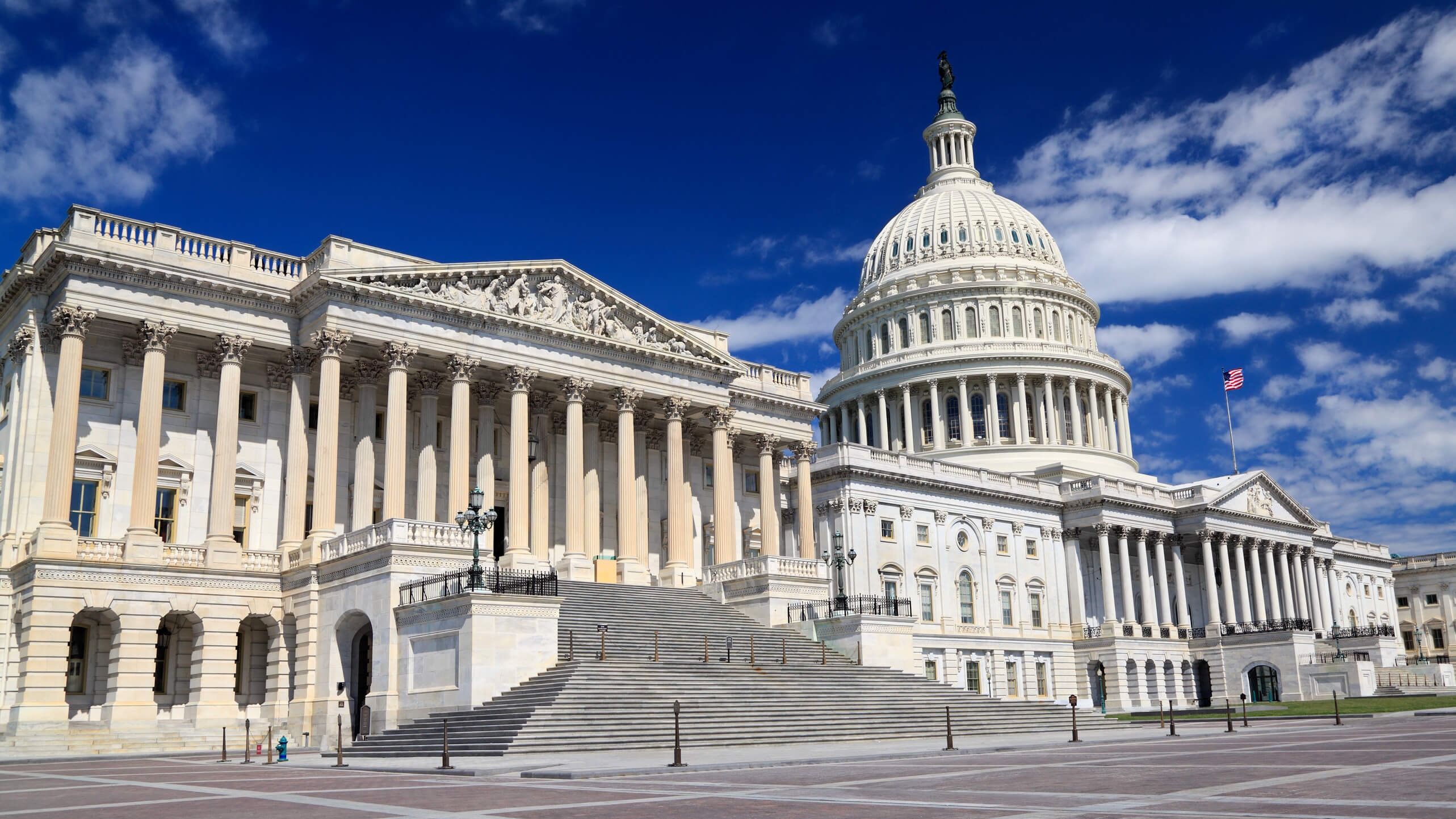
Understanding the Impact of Medicaid Spending Cuts on Health Policies
As the debate in Congress shifts towards budget reconciliation, a significant bill known as the One Big Beautiful Bill Act is poised to reshape Medicaid, particularly in states that have expanded coverage through the Affordable Care Act (ACA). With the House passing this bill, an estimated reduction of federal Medicaid spending by $793 billion is projected, which threatens to cut enrollment by over 10.3 million individuals across the nation.
What These Cuts Mean for Expansion States
The ramifications of these cuts are dire for states that opted to expand Medicaid under the ACA. Expansion states will be disproportionately affected, facing 13% of federal Medicaid spending reductions over the next decade and a nearly 14% loss in projected enrollment by FY 2034, compared to just 5% in non-expansion states. This discrepancy highlights a trend that could emerge as states grapple with healthcare access and funding moving forward.
Examining Work and Reporting Requirements
A critical aspect of the proposed changes includes mandating work and reporting requirements for adults eligible for Medicaid through ACA expansion. These requirements alone could account for a staggering $344 billion in projected federal spending reductions. This suggests a shift not only in funding but in how states manage eligible populations, potentially disenfranchising many who rely on these essential services.
The Future of ACA Premium Tax Credits and Its Implications
The House bill also addresses the expiration of enhanced ACA premium tax credits, which threatens an additional 4.2 million individuals with loss of insurance. As funding and accessibility become restricted, many Americans may find themselves navigating the complex health insurance landscape without adequate support, leading to increased levels of uninsured individuals.
Increased Financial Burden on States
Moreover, the combined efforts of the House bill and the Senate Finance Committee’s language could further complicate financial frameworks for expansion states. The proposed reduction in provider taxes for these states could lead to federal Medicaid spending cuts worth tens of billions of dollars. Notably, hospitals could experience significant declines in supplemental payments, impacting healthcare services and community wellness.
Social Implications of Healthcare Access Reduction
The consequences of Medicaid funding cuts ripple through society, disproportionately affecting low-income families, children, and the elderly. Reduced healthcare access not only impacts physical health but also mental well-being and community stability, presenting a challenge to overall public health objectives. It underscores the importance of understanding how fiscal policy intersects with healthcare accessibility and equity.
Actionable Steps for Individuals and Communities
For those interested in advocating for health and wellness, staying informed and engaged on matters of public health policy is crucial. Community organizations and health advocacy groups can leverage this knowledge to impact local policies, ensuring that the voices and needs of the population are heard. An informed public can push for transparency and accountability in how healthcare policies are developed and implemented.
The Importance of Public Advocacy
As these legislative changes unfold, individuals are encouraged to engage with local representatives, attend town hall meetings, and participate in discussions regarding healthcare policy. Together, communities can work towards shaping a healthcare system that prioritizes access and equity, especially for those most vulnerable.
In conclusion, navigating the evolving landscape of Medicaid financing is critical for maintaining comprehensive healthcare access. Understanding how proposed budgetary changes affect local health options can guide community advocacy efforts toward fair and sustainable health policies. Your involvement can make a difference and help raise awareness of the pressing issues facing our healthcare system.
As public health continues to be shaped by legislative actions, staying proactive about your health rights is essential. Learn more about how to get involved in local health advocacy initiatives.
 Add Row
Add Row  Add
Add 




 Add Row
Add Row  Add
Add 

Write A Comment